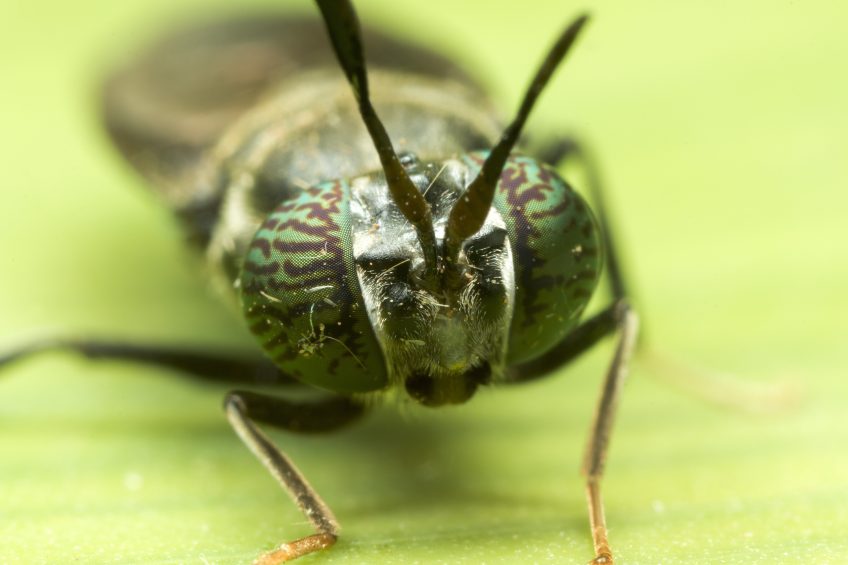Insects as food and feed – the legal perspective

Insect protein could offer poultry producers a viable alternative protein, if regulatory and perception problems can be overcome, as delegates of the Insects as Feed and Food conference discovered in early April.
Changes to European Union legislation are paving the way for insects to be used for food and feed in various agricultural sectors.
Before the beginning of the year there was no insect-specific regulation and insects were not specifically mentioned as a “novel food”, with people having to fall back on general requirements of food safety and hygiene.
As a result, according to Freya Lemon, associate at law firm Michelmore’s, there was a degree of inconsistency across EU member states with products banned in some countries but largely approved in the UK.
Ms Lemon said there was no central authorisation of novel foods, which meant there was less transparency.
However, the introduction of the EU Novel Foods Regulation on 1 January 2018, means there is now regulation across all novel foods, including insects.
Under the regulation, insects must not pose a risk to human health, there must be no misleading of consumers and there should be no nutritional disadvantages compared to conventional foods from the product.
Assessment
Various products, she said, were currently undergoing assessment, including dried crickets and dried mealworms.
Ms Lemon said legislation around using insects as feed was progressing slowly, despite it being an opportunity to promote sustainable protein in agriculture.
“We are well behind in terms of legislation… and that is a huge source of frustration.”
She added that using insects as food and feed was recognised globally, given the challenge around the availability of quality protein that was safe and environmentally responsible. Current industry practices rely heavily on grain, in particular on imported soya from South America as a source of protein – something not considered to be either sustainable or environmentally responsible in the long term.
Future for insect products in poultry feed
One issue however, was that they were quite a high source of calcium (2.5%-8%) which might represent a challenge to broiler growers. Dr Leek added that insect oil, as a by-product of insect processing for pet or aqua feed, might actually feature in poultry diets before insect protein. But the prevalence of soya in the supply chain, the slow progress of legislation in this area and consumer and retailer acceptance could all prove barriers. Volumes of insects needed to be commercially viable was also an issue, which might mean insect feeding to poultry remains a niche rather than a commodity. |
Precautionary
The current EU legislative framework is still governed by the BSE crisis and TSE regulations but the move to allow the exception of non-ruminant processed animal protein in aquaculture feed has opened the door.
Rachel O’Connor, agriculture associate with Michelmore’s said the changes on 1 July 2017 permitted insect protein from 7 species to go into aquaculture feed (black soldier fly, house fly, yellow mealworm, lesser mealworm, house cricket, banded cricket and field cricket). This regulation (EU 2019/893) also covered a range of conditions, including record keeping, labelling, storage, methodology and contamination.
It also took away the provision, which required animal by-products, used for the production of processed animal protein, to be derived from a registered slaughterhouse – an issue that was clearly not feasible for insects.
Ms O’Connor highlighted that the EU Commissioner for Health and Food Safety, Vytenis Andriukaitis, had recently said the Commission was looking to authorise the use of insect proteins in feed for poultry in 2019, and potentially also pigs.

The popularity of insect meal as a new protein has taken off – find out about new developments, regulations and innovations.
Pest risk analysis for Black Soldier Fly |












